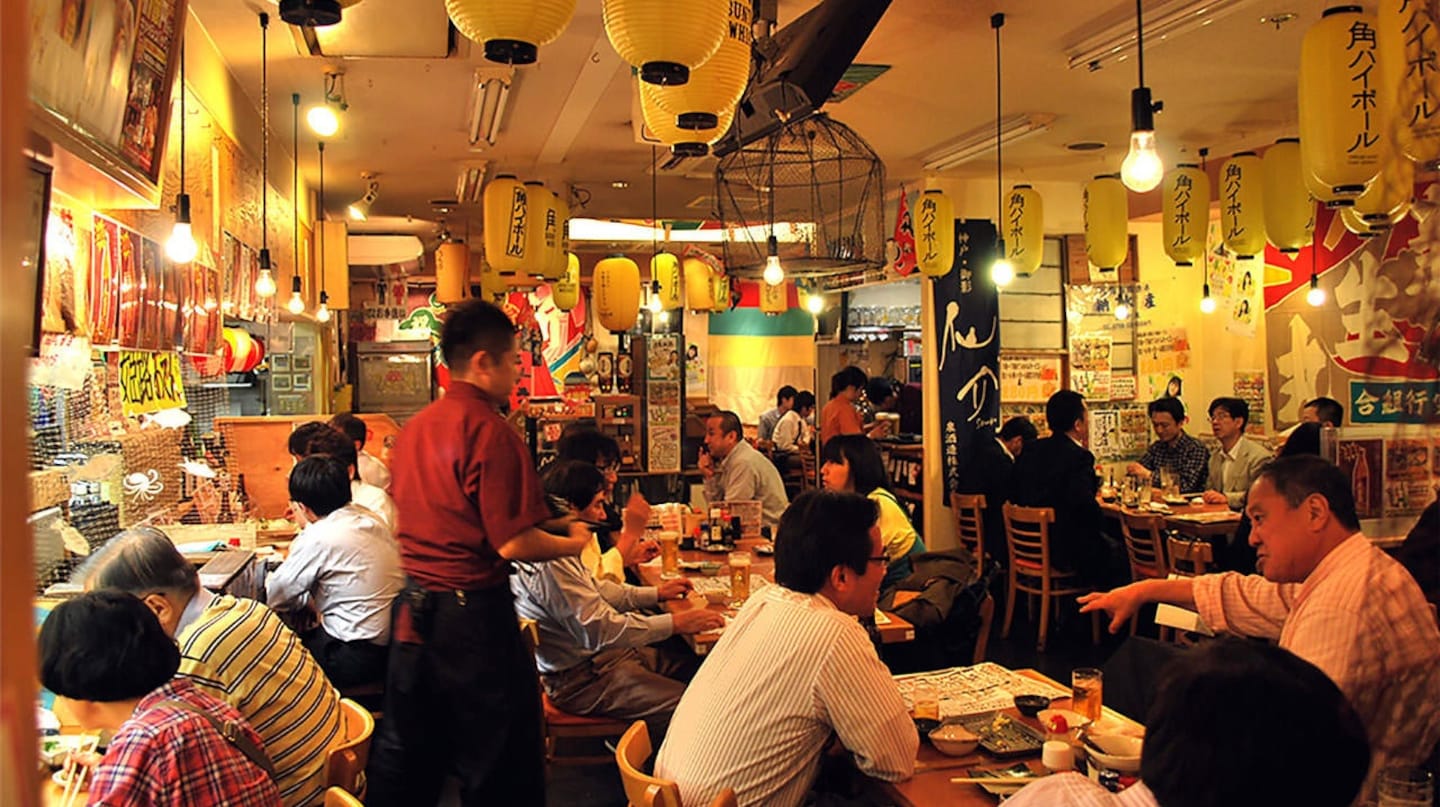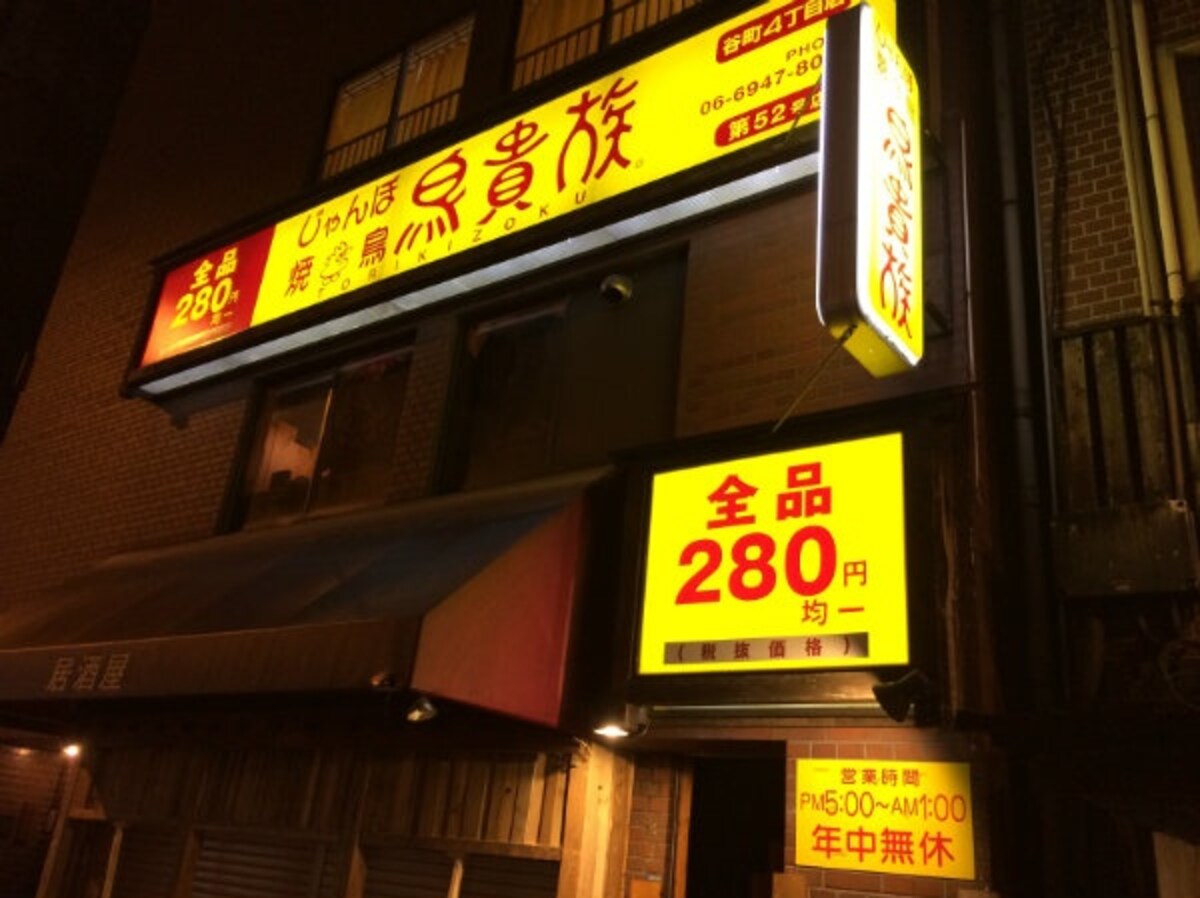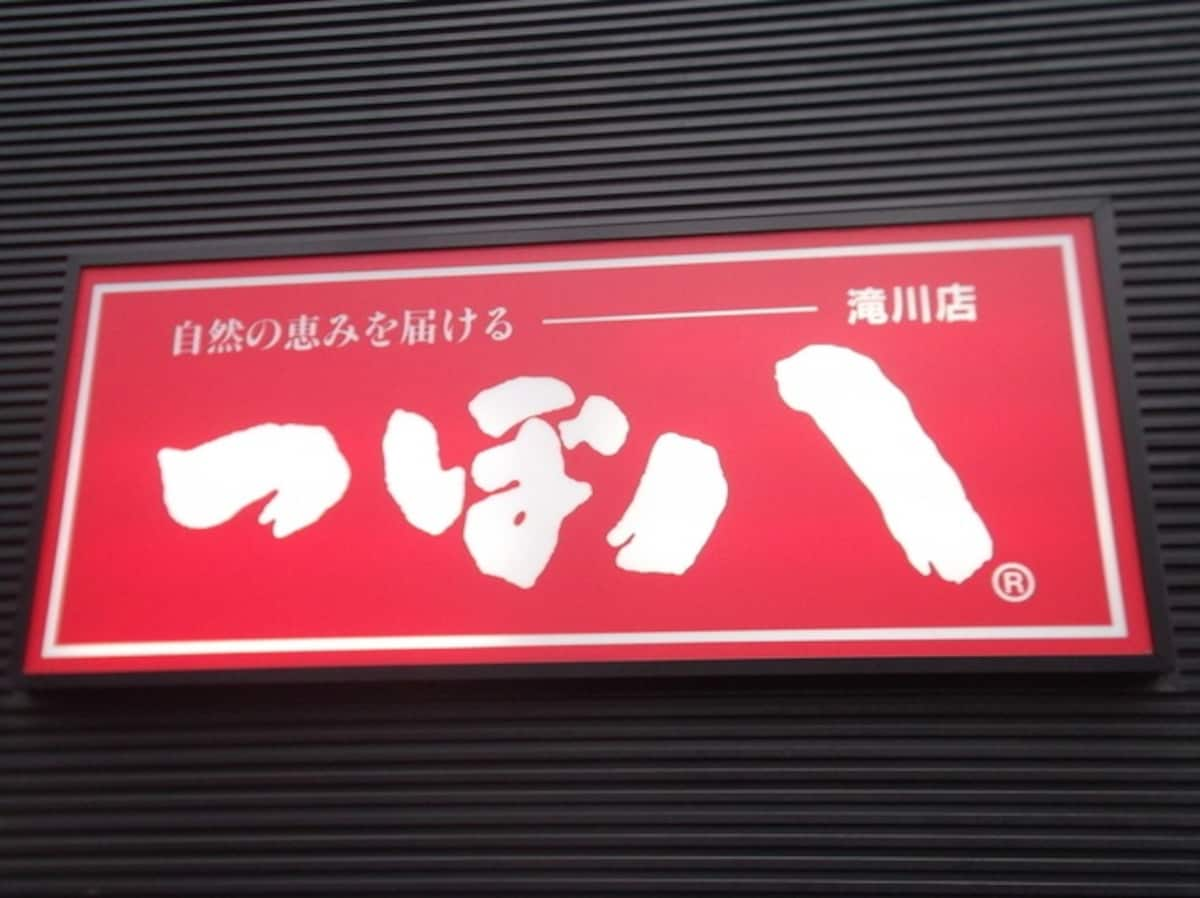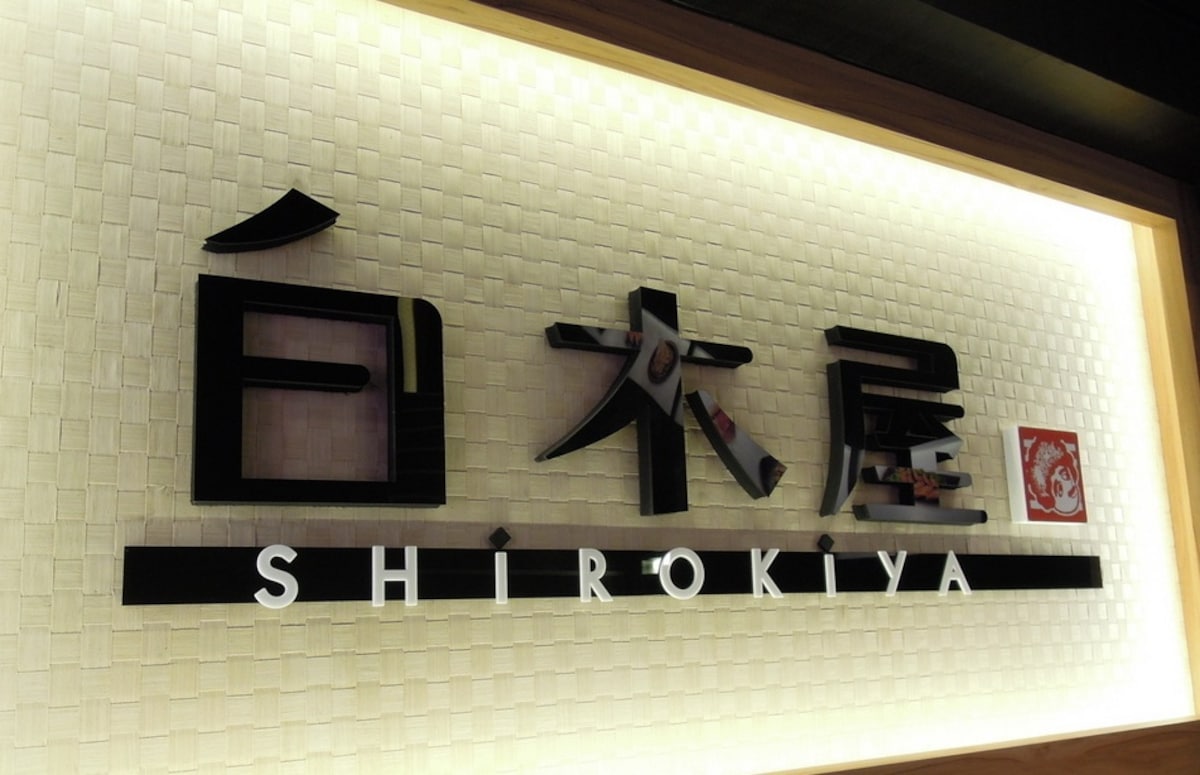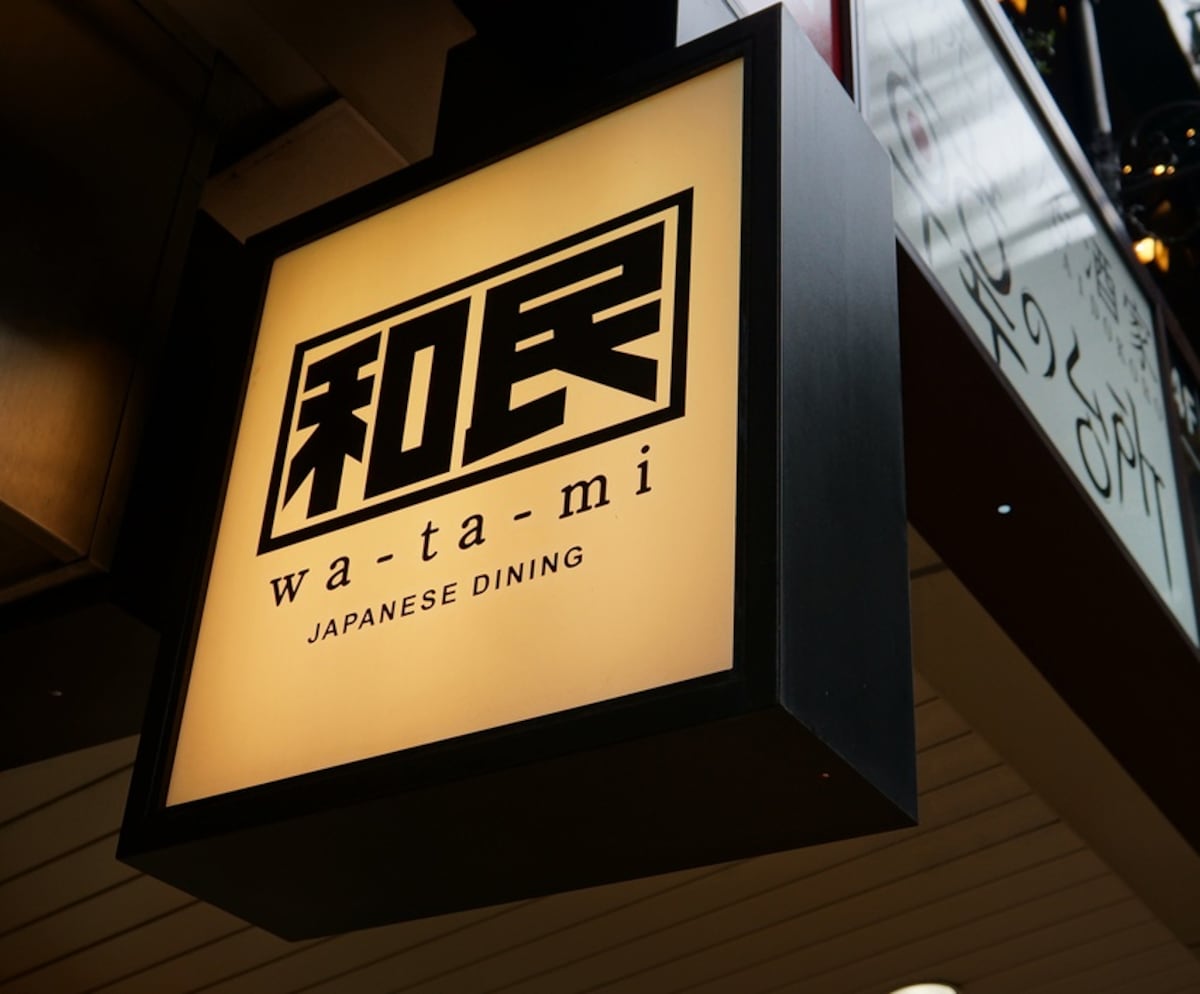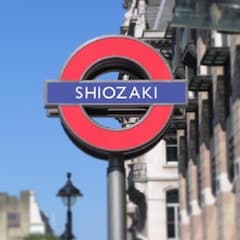5 Famous Izakaya Chains
Izakaya are deeply entrenched in Japanese culture. Japanese people will meet friends, go for after-work drinks and socialize with clients all at izakaya, where you can find all kinds of local food and drinks. There are many different izakaya chains with different features. Let's see which one fits you best!
By Thomas Shiozaki5. Kin-no-Kura Jr. (金の蔵Jr.)
This is one of the highest-profile izakaya chains for tourists around Tokyo and the greater Kanto area, as it focuses on having branches in major tourist spots in the region. You'll also find branches in Hokkaido, Chubu and Kansai. The price and menu selection are very appealing to tourists as well, charging just ¥270 for a number of items on the menu (though in many shops the ¥270 menu is rather limited—be forewarned!) and offering a wide selection of cuisines ranging from Japanese and Korean to Italian, American and more.
4. Torikizoku (鳥貴族)
Another famous low-cost chain izakaya, Torikizoku is known for setting everything on the menu at ¥280 (before tax)—and that price holds for drinks as well!
As you might guess from the name (literally, "Chicken Aristocracy"), Torikizoku specializes in making yakitori grilled chicken sticks from domestic chicken, a huge favorite among Japanese people. With shops available in Kanto, Chubu and Kansai, you can often expect long lines, so if you want to try Torikizoku, try to go early!
3. Tsubohachi (つぼ八)
Tsubohachi was founded in 1973 in Sapporo, and branches can now be found in more than 30 of Japan's 47 prefectures, as well as Thailand, Singapore, Malaysia and Indonesia.
The chain gets its name from the floor space of its founding shop, which was 8 tsubo (坪). 1 tsubo is equal to 3.3 square meters (25.6 sq ft), and is essentially the area of two standard-sized tatami mats. Hachi, meanwhile, is Japanese for eight. Tsubohachi is basically your classic, boisterous, big-room izakaya.
2. Shirokiya (白木屋)
The first Shirokiya branch opened in front of the south exit of Tokyo's Nakano Station in 1983. Meaning "house of white wood," Shirokiya is a chain that works hard to provide a quiet and relaxing environment for customers, frequently attracting female clientele for joshikai (girls' nights).
Shirokiya is operated by Monteroza, Inc., which also owns the chains Uotami (魚民), Warawara (笑笑), Sennen no Utage (千年の宴) and Yamauchi Nojo (山内農場). Between all of its brands, a Monteroza izakaya can be found in every prefecture in Japan, as well as in Korea, mainland China, Hong Kong, Taiwan and Singapore.
1. Watami (和民)
The Watami chain is so big it's not only got a branch in every prefecture, but has expanded broadly outside of Japan, with branches in Korea, mainland China, Hong Kong, Taiwan, the Philippines, Cambodia, Malaysia and Singapore.
The name is a contraction of Watanabe Miki, the name of the founder, though the kanji have been altered to take the meaning "Harmonious Populace." Appropriately, while most izakaya tend to have the image of being bustling, noisy places, Watami shops tend to be a little on the quieter, more refined side.


